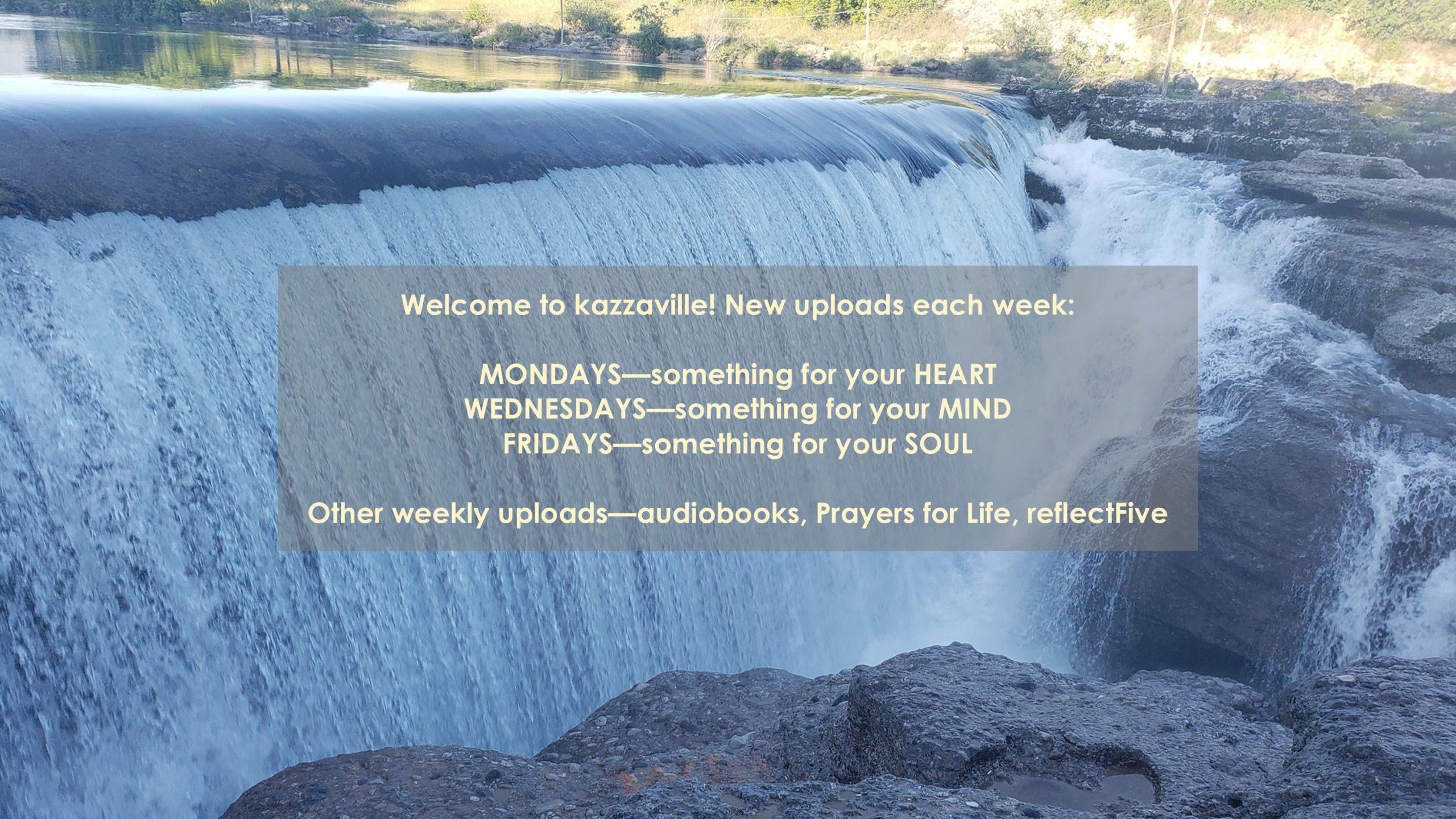Chemistry
We study some chemistry each year, using books and fun hands-on science kits. I don’t always to remember to list what we do, but our favorite thing is kitchen experiments 🙂
AP Chemistry – Chemistry: The Central Science
Cool Chemistry links:
Antioxidant Effects of Vitamin C
Careers in Chemistry
Catalyst — resources
Chem4Kids
ChemBalancer — game to practice balancing equations with
Chemical Jigsaw Puzzle
Chemical of the Week
Chemicool — periodic table
Chemistry Comes Alive movies
Chemistry Teaching Resources
Chemistry Tutor
Chemist’s Art Gallery
ChemMatters Magazine
ChemTeam
Chemystery
ConcepTests in Chemistry
Delights of Chemistry
Global Instructional Chemistry
Hazardous Chemicals in Your Neighborhood
High School Hub – Chemistry
Learning Matters of Chemistry
Macrogalleria — polymers
Microworlds
Molecule of the Month
National Historic Chemical Landmarks
Nobel Prizes in Chemistry
On Fire!
Organic Antifreeze (activity #1)
Periodic Table — interactive
pH Factor
Polymers & Liquid Crystals lab
Polymers & Liquid Crystals textbook
Pyrotechnics: It’s Elemental
Tasty Models (Glucose & Glycine)
Testing for pH (activity #2)
This Week in Chemical History
T.W.I.N.K.I.E.S. Project
WebElements Periodic Table
We studied part of Chemistry Concepts & Problems. It is well-written, concise, and covers basic chemistry topics. Here are the chapter titles:
Atomic Structure, Periodic Table, Electronic Structure
Periodic Table Quiz (and other Chemistry quizzes)
Atomic Weights
Periodic Properties and Chemical Bonding
Molecular and Formula Weights
Nomenclature
Chemical Equations
Mole Concept
Gases
Solids
The Liquid State
Solutions and Their Properties
Chemical Equilibrium
Acids and Bases
Famous Scientists
We read these books:
Marie Curie
Antoine Lavoisier, Founder of Modern Chemistry
Matter
We discovered a fabulous series of books, including these:
The Story of Gold
The Story of Hydrogen
The Story of Iron
The Story of Oxygen
Kitchen Chemistry
The Magic School Bus Gets Baked in a Cake
Reactions
We watched the Moody Science Video, Mystery of the Three Clocks
Exploring the World of Chemistry (George Burns)
Chemistry for Children (Dover)
Chemistry (Anne Wright)
The Visual Dictionary of Chemistry
Chemicals and Change
Chemistry (Ann Newmark)
Fundamentals of Chemistry–taken from Castle Heights Press catalog.
Memorize the common chemical symbols and atomic weights. The easiest way to do this is oral drill.
Know your way around the periodic table. Why the table is designed the way it is, what it says about the elements, groups and periods, and the sequence of adding electrons.
Know the terms for the fundamental building blocks of matter. Parts of atoms, forces of matter and energy, ions, isotopes, etc. Be able to explain how they relate to each other.
The student should know the electron orbital concepts and be able to discuss the ideas of electron position, energy absorption, energy and light emission, bonding, valence, energy state, etc.
Know the characteristics for the three states of matter and how they relate to the kinetic theory. Know the energy requirements of changing states. Understand how this affects us and the world around us.
Memorize the types of reactions and be able to recognize them. Predict products given the reactants.
Know the basics of acid-base reactions, pH, ions, titration, indicators, etc. Know how to calculate pH and what pH indicates. Know how humans are affected by acid-base reactions. Acid rain, pH balanced cleaners and shampoos, base-acid balance within the human body are some topics to cover.
Know the physical and chemical characteristics of the most common elements and compounds. A few of these are carbon, oxygen, nitrogen chlorine, metals, hydrogen. Understand the cycles of these elements and how we control them in our environment.
Know something about the history of chemistry and how humans started discovering the concepts.
Know about the functions of metallurgy and how elements are purified and controlled so that the environment is not damaged. Know how we get the metals we get everyday. Understand why we protect from the environment, for example, with paint.
Know how to produce and catch certain gases, including water-soluble gases.
Know the gas laws and be able to apply them to everyday life, the atmosphere, and our weather.
Understand the concepts of Avogadro’s number and molarity.
Know the principles of heat transfer, measurement, calories, etc. Be able to work problems using these concepts. Understand why heat transfer takes place and how. Understand why we measure food in calories.
Be able to balance chemical equations: including arrows showing direction of reaction and precipitant or gas formation, heat or light radiation or requirements.
Understand the basics of nuclear chemistry and how energy is generated in a nuclear power plant.
Know techniques for filtration, distillation, evaporation, and condensation.
Be able to identify common laboratory equipment. Demonstrate its proper use, cleaning, and care.
Practice observation, record keeping and communication skills by writing a good laboratory notebook. Must be able to accurately follow the instructions in the writing of the laboratory report.
Know and use good safety practices.


